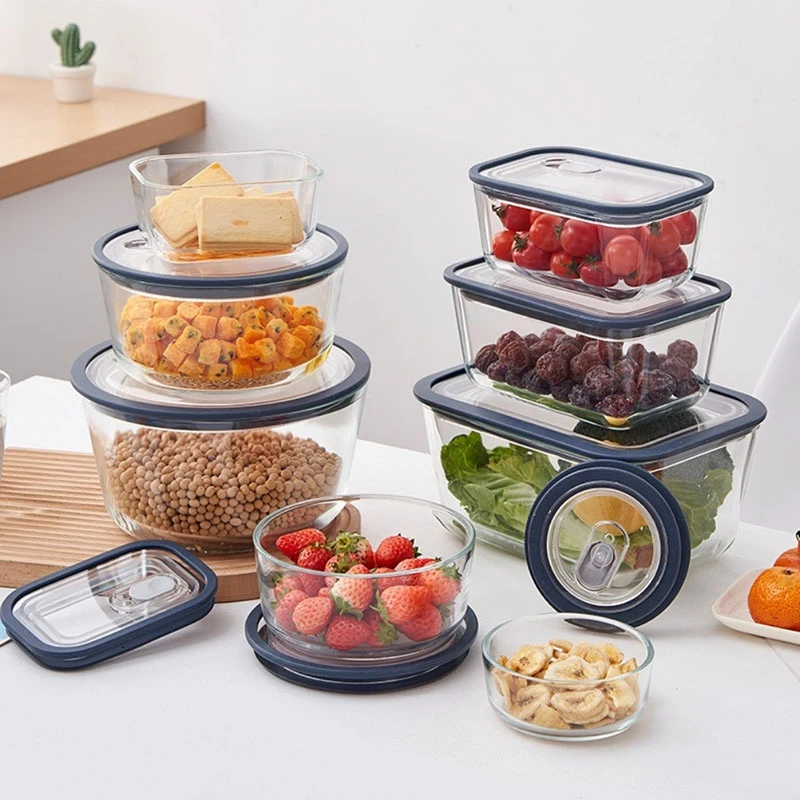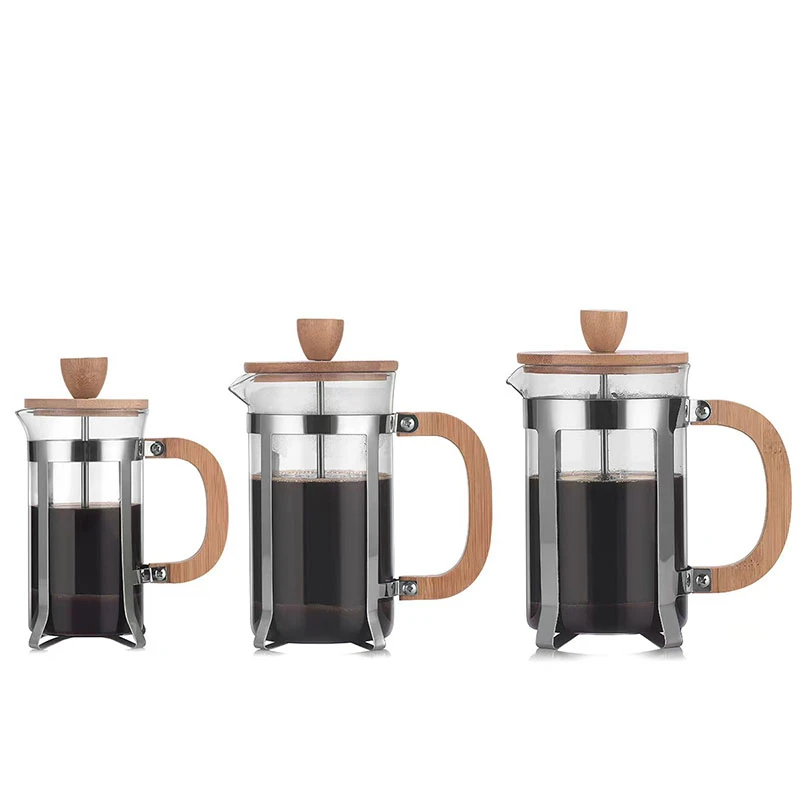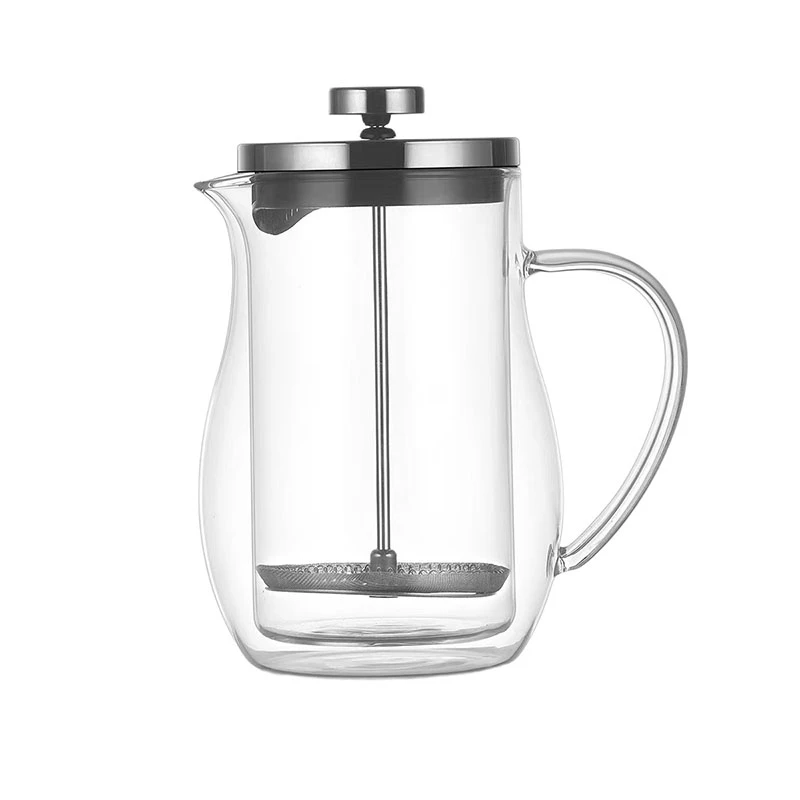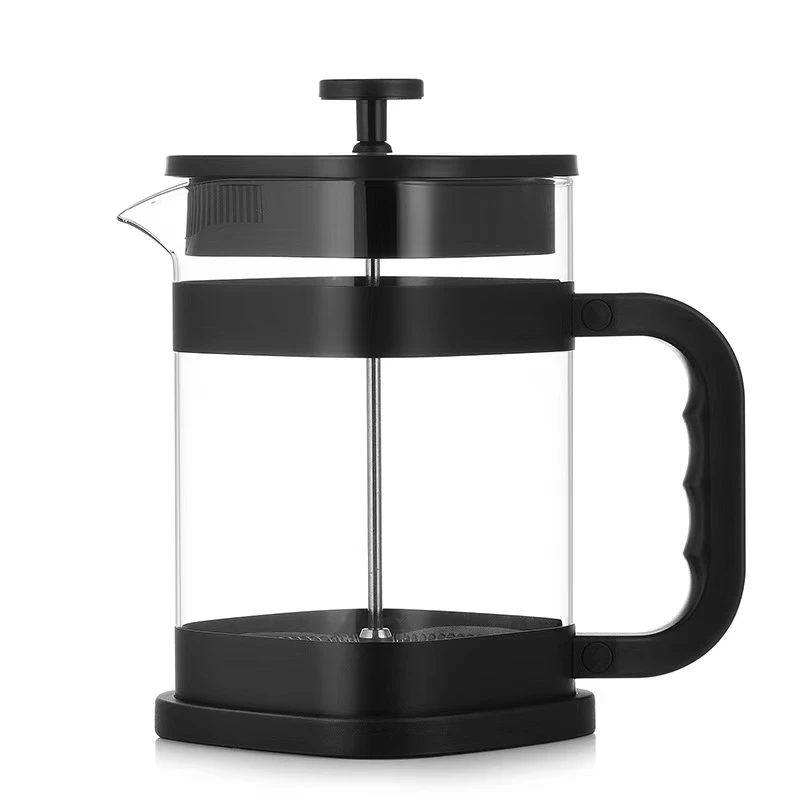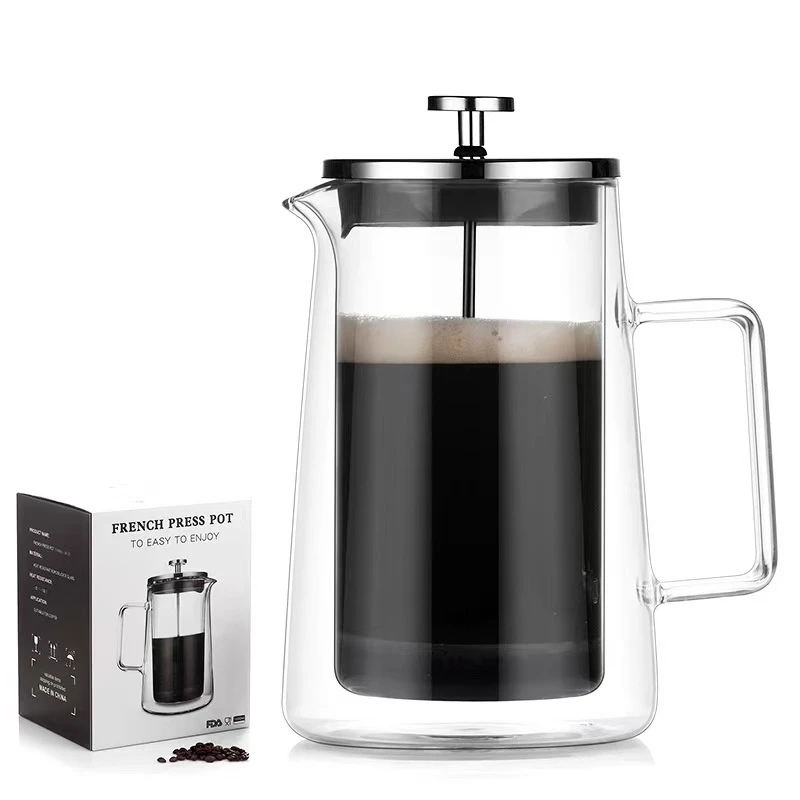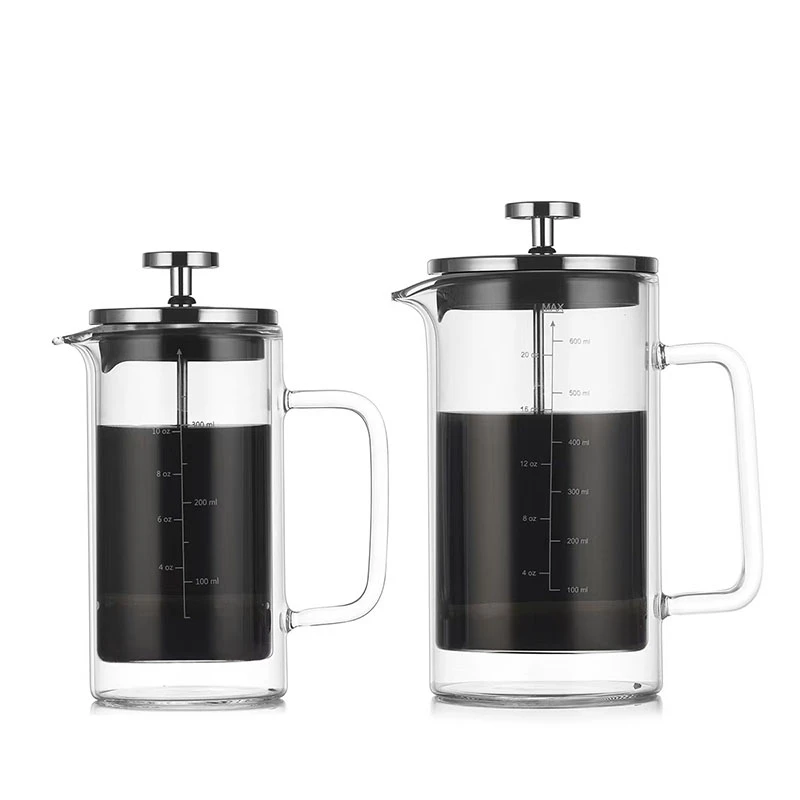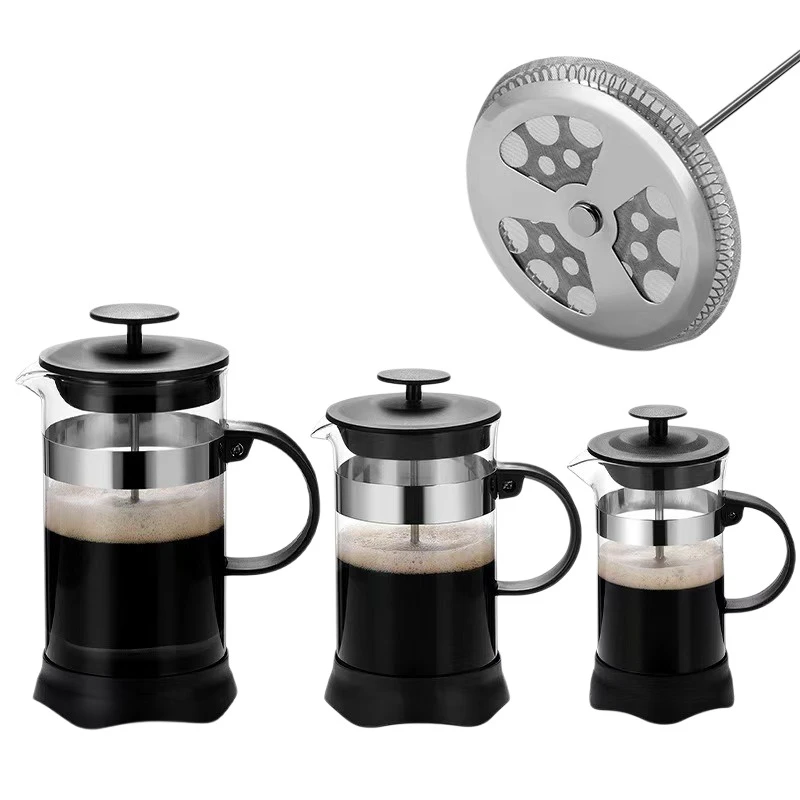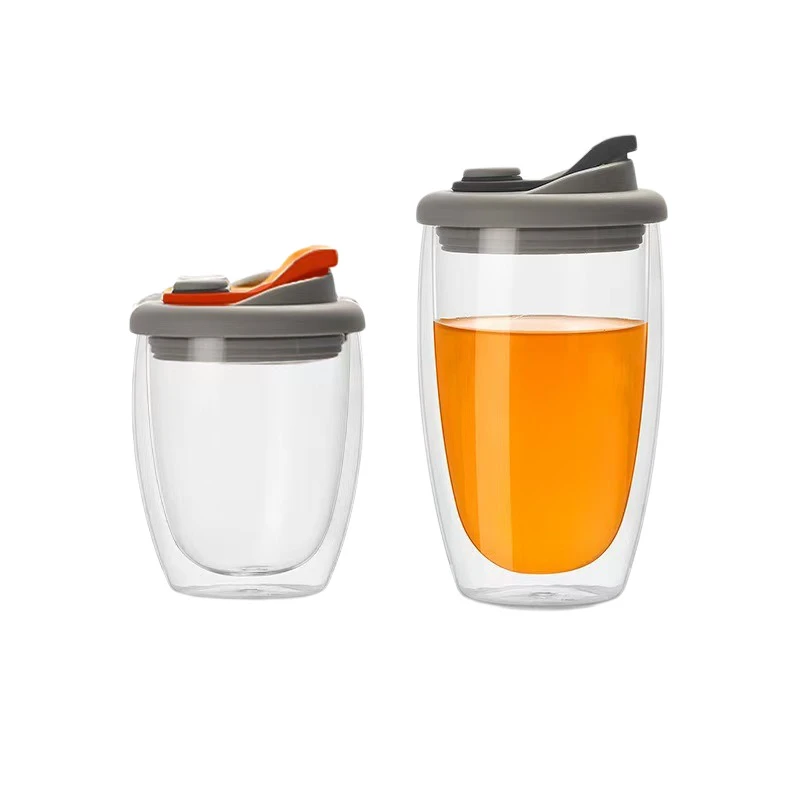 TEL: +86 311 67799298
TEL: +86 311 67799298 Email: tina@yintoglassware.com
Email: tina@yintoglassware.com
1L Stained High Borosilicate Glass Bowl | Durable & Safe
Discover unparalleled durability, safety, and aesthetic appeal. We delve into the technology, applications, and advantages of this essential kitchen and laboratory tool, establishing a new benchmark for quality and performance.
Industry Trends: The Shift Towards Sustainable and High-Performance Glassware
The global kitchenware market is undergoing a significant transformation. Consumers and professionals are increasingly prioritizing products that offer longevity, safety, and environmental friendliness over disposable alternatives. A 2023 market analysis report by Grand View Research projects the global borosilicate glass market to grow at a CAGR of 5.1% from 2023 to 2030. This growth is driven by rising awareness of the health risks associated with plastics (like BPA leaching) and the superior performance of borosilicate glass in thermal and chemical resistance. The 1L Stained High Borosilicate Glass Bowl is perfectly positioned at the intersection of these trends, offering a durable, non-toxic, and aesthetically pleasing solution for modern needs.

Technical Specifications: Unpacking the Engineering Excellence
Understanding the technical parameters of the 1L Stained High Borosilicate Glass Bowl reveals why it stands in a class of its own. These specifications are not just numbers; they are a testament to our commitment to quality, certified under standards like ISO 9001 and compliant with FDA regulations for food contact materials.
| Parameter | Specification | Industry Significance & Advantage |
|---|---|---|
| Product Name | 1L Stained High Borosilicate Glass Bowl | Clearly identifies the product's capacity, unique aesthetic, and superior material. |
| Material Composition | High Borosilicate Glass 3.3 (Approx. 81% SiO₂, 13% B₂O₃) | The high Boron Trioxide content is key to its low coefficient of thermal expansion, making it highly resistant to thermal shock. |
| Capacity | 1000 ml / 1 Liter / ~34 fl oz | Versatile size ideal for mixing ingredients, serving salads, food preparation, and laboratory use. |
| Dimensions (Approx.) | Diameter: 180 mm, Height: 90 mm | A balanced design that provides stability and ease of use, whether mixing by hand or with an electric mixer. |
| Thermal Shock Resistance | ΔT ≈ 170°C (338°F) | Can safely go from a refrigerator to a preheated oven or microwave without shattering, a critical safety and convenience feature. |
| Max. Working Temperature | Continuous Use: 450°C (842°F); Short-term: 500°C (932°F) | Suitable for a wide range of cooking, baking, and laboratory heating applications where other glass types would fail. |
| Chemical Resistance | Excellent resistance to water, acids, salt solutions, and organic solvents. | Non-porous and inert surface does not stain, retain odors, or react with acidic foods (like tomatoes or citrus), ensuring purity. Compliant with ISO 3585. |
| Certifications | FDA, LFGB, ISO 9001 | Guarantees the product is food-safe, free from harmful heavy metals, and manufactured under a strict quality management system. |
| Staining Process | Ion Exchange Staining (Color Infusion) | The color is integrated into the glass surface, not a coating. This means it will not chip, peel, or leach into food. |
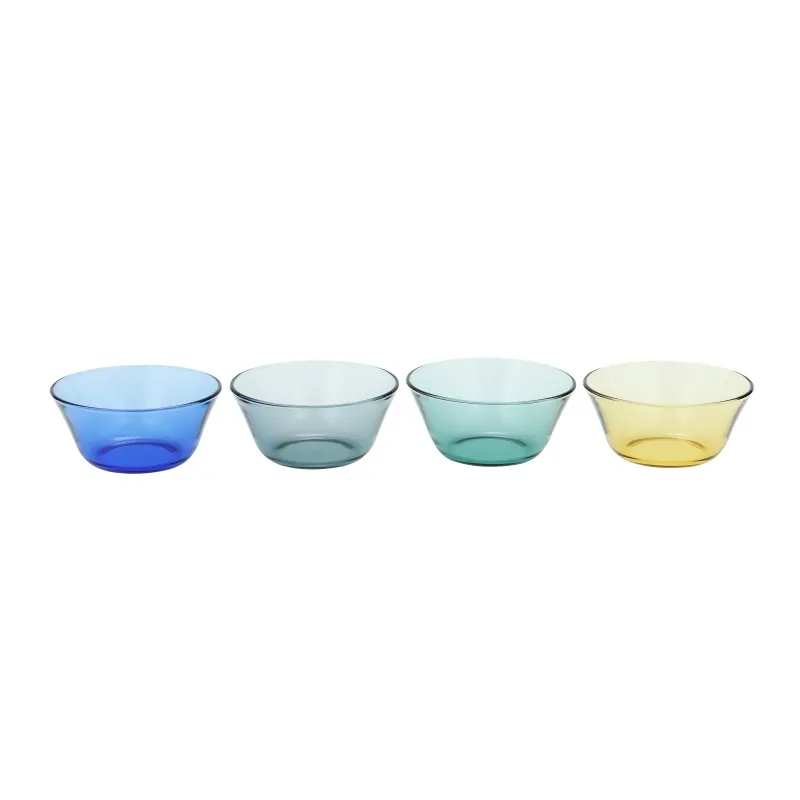
The Manufacturing Journey: From Raw Material to Masterpiece
The creation of a 1L Stained High Borosilicate Glass Bowl is a precise process blending advanced technology with expert craftsmanship. Each step is meticulously controlled to ensure the final product meets our exacting standards for quality and durability.
Key Manufacturing Stages:
- Raw Material Formulation: High-purity silica sand, boric oxide, alumina, and sodium oxide are precisely weighed and mixed. This specific recipe is the foundation of the glass's superior properties.
- Melting & Fining: The mixture is melted in a furnace at temperatures exceeding 1600°C (2912°F). The molten glass is then fined to remove any gas bubbles, ensuring flawless clarity and structural integrity.
- Press Molding: A gob of molten glass is precisely portioned and pressed into a mold to form the bowl's shape. This process ensures uniform thickness and a perfect form factor.
- Ion Exchange Staining: Before annealing, the bowl undergoes a specialized ion exchange process. The glass is immersed in a molten salt bath containing specific metal ions. These ions exchange with the sodium ions in the glass surface, infusing a permanent, vibrant color that becomes part of the glass itself.
- Annealing: This is a critical step. The formed bowl is passed through an annealing lehr, a long oven that slowly and uniformly cools the glass. This process relieves internal stresses created during molding, drastically increasing its strength and thermal shock resistance. Without proper annealing, the glass would be fragile.
- Quality Control & Inspection: Each bowl undergoes rigorous testing. This includes visual inspection for imperfections, dimensional checks, and polariscope analysis to verify proper annealing. Samples are batch-tested for thermal shock and chemical resistance to comply with ISO and FDA standards.
Manufacturing Process Flowchart
1. Raw Material Mixing
(Silica, Boric Oxide)
2. High-Temp Melting
(>1600°C)
3. Press Molding
(Shaping)
4. Ion Staining
(Color Infusion)
5. Annealing
(Stress Relief)
6. Quality Inspection
(ISO/FDA Standards)
Technical Advantages & Data-Driven Comparison
The superiority of the 1L Stained High Borosilicate Glass Bowl is not just a claim; it's a scientifically verifiable fact. Its unique material composition provides tangible benefits over common alternatives like soda-lime glass, plastic, and stainless steel.
Thermal Shock Resistance: A Clear Winner
The ability to withstand rapid temperature changes is paramount for safety and versatility. Our borosilicate glass bowl can handle a temperature differential (ΔT) of approximately 170°C, whereas standard soda-lime glass (used in most drinking glasses and food jars) can typically only handle a ΔT of about 55°C. This means you can confidently take our bowl from the fridge to the microwave.
Thermal Shock Resistance Comparison (°C)
Chemical Purity & Inertness
Unlike plastic, which can leach chemicals like BPA or phthalates, or stainless steel, which can sometimes impart a metallic taste, borosilicate glass is virtually inert. Its non-porous surface resists staining from strong-colored foods and does not absorb odors from ingredients like garlic or onion. This ensures the pure taste of your food every time.
Borosilicate Glass 3.3 Composition
- Silicon Dioxide (SiO₂): ~81%
- Boric Oxide (B₂O₃): ~13%
- Sodium/Potassium Oxide: ~4%
- Aluminium Oxide (Al₂O₃): ~2%
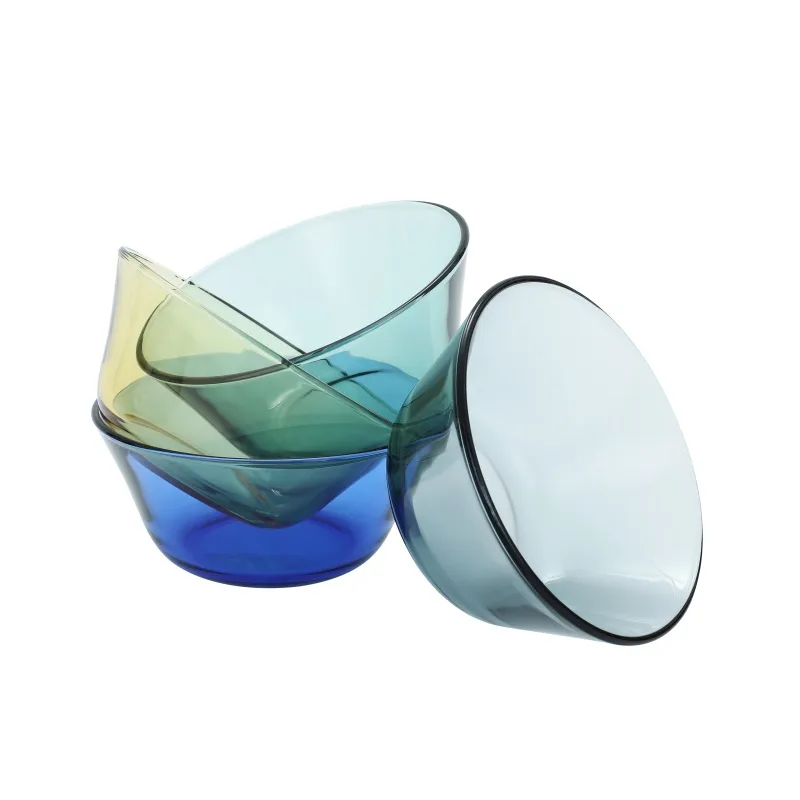
Comparative Analysis: Borosilicate vs. Alternatives
| Feature | High Borosilicate Glass Bowl | Soda-Lime Glass Bowl | Plastic (Polycarbonate) Bowl | Stainless Steel Bowl |
|---|---|---|---|---|
| Thermal Shock | Excellent (ΔT ~170°C) | Poor (ΔT ~55°C) | Poor (Can warp) | Excellent |
| Microwave Safe | Yes | Limited (Risk of shattering) | Varies (Check for 'microwave-safe') | No |
| Chemical Leaching | None | None | Potential for BPA/Phthalates | Minimal (Potential metallic taste) |
| Stain & Odor Resistance | Excellent | Good | Poor | Excellent |
| Clarity & Visibility | Excellent (See contents) | Excellent | Good (Can scratch/cloud) | Opaque |
| Aesthetics | High-end, colored glass | Standard clear glass | Functional, can look cheap | Utilitarian |
Versatile Application Scenarios: From Professional Kitchens to Research Labs
The unique properties of the 1L Stained High Borosilicate Glass Bowl make it an invaluable tool across a wide spectrum of applications.
For the Home Chef & Baker:
Its 1L capacity is perfect for whisking eggs, mixing cake batter, proving dough, or serving a side salad. The ability to melt butter in the microwave, mix ingredients, and even bake a small cake in the same bowl streamlines the cooking process, reducing cleanup. The stained glass adds a touch of elegance, making it beautiful enough to serve directly on the table.
In the Petrochemical & Chemical Industry:
In laboratory settings, borosilicate glass is the gold standard. This bowl is ideal for mixing chemical solutions, handling corrosive acids, and heating samples. Its chemical inertness ensures that the results of an experiment are not tainted by reactions with the container111, a critical factor for accuracy in research and development within the petrochemical sector.
For Food & Beverage Production:
In small-batch artisanal food production (e.g., sauces, dressings), this bowl offers a sanitary, non-reactive vessel. It meets the stringent hygiene standards of the food industry (FDA, LFGB), ensuring product safety and quality. Its durability stands up to the rigors of a commercial environment.
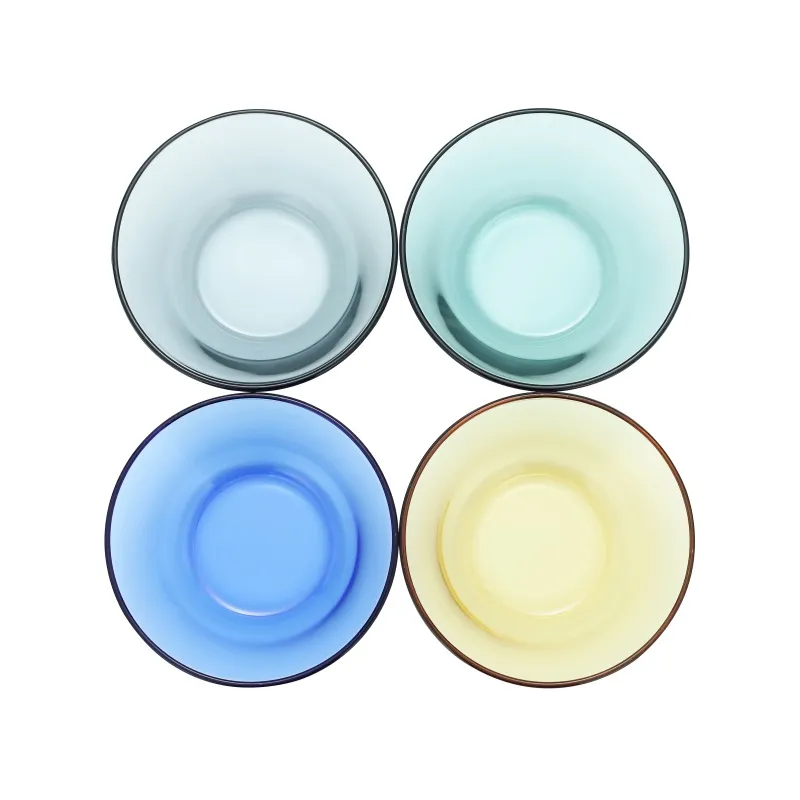
Application Case Study: "The Artisan Bakehouse"
Client: The Artisan Bakehouse, a high-end bakery specializing in organic sourdough.
Challenge: The bakery needed mixing bowls that could withstand the temperature fluctuations of proofing dough (from a cool proofer to a warm bench), resist staining from fruit inclusions, and be durable enough for daily, heavy use. Their previous plastic bowls were staining and warping, and stainless steel bowls couldn't be used in the microwave for melting butter or chocolate.
Solution: They switched to the 1L Stained High Borosilicate Glass Bowl. The head baker, Maria, reported: "These bowls have been a game-changer. We can take them from our 4°C proofer to the bench without a worry. The glass is so easy to clean, and they still look brand new after months of use. Being able to see the dough's development through the glass is a huge plus. Our customers even comment on how beautiful they look in our open kitchen."
Outcome: Increased efficiency due to fewer transfers between bowls, improved hygiene, and an enhanced aesthetic in their customer-facing kitchen. This demonstrates a real-world experience of the product's superior performance and longevity.
Customization and Partnership with Yinto Glassware
At Yinto Glassware, we are not just suppliers; we are partners in innovation. With over 15 years of experience in manufacturing high-performance glassware, we understand that one size does not always fit all. We offer comprehensive OEM/ODM solutions for the 1L Stained High Borosilicate Glass Bowl.
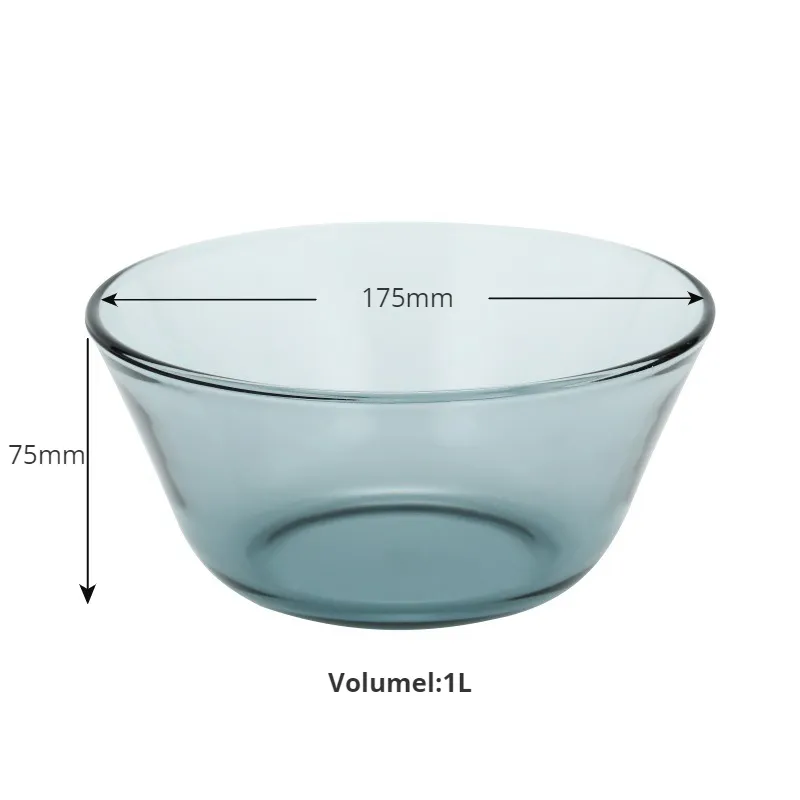
Our Customization Capabilities:
- Color Variation: While our standard stained colors are popular, we can develop custom colors to match your brand identity or product line (subject to minimum order quantities).
- Logo & Branding: We can permanently etch or print your logo onto the bowl using food-safe materials, perfect for corporate gifting, retail branding, or professional kitchen branding.
- Packaging Solutions: From retail-ready boxes to bulk-packed industrial solutions, we can design and provide packaging that protects the product and enhances its presentation.
- Slight Dimensional Modifications: For large-volume orders, we can discuss modifications to the bowl's design, such as adding a pouring spout or altering the rim shape.
Our authority is backed by our long-standing relationships with global brands in the kitchenware and laboratory supply industries, and our unwavering commitment to quality as an ISO 9001 certified manufacturer.
Frequently Asked Questions (FAQ) - Building Trust Through Transparency
We believe an informed customer is a confident customer. Here are answers to some of the most technical and common questions about our 1L Stained High Borosilicate Glass Bowl.
High Borosilicate Glass 3.3 is a specific type of glass defined by international standard ISO 3585. The "3.3" refers to its very low coefficient of thermal expansion (3.3 x 10⁻⁶ K⁻¹). This means it expands and contracts very little when exposed to temperature changes, which is the primary reason for its exceptional resistance to thermal shock. Standard glass has a coefficient three times higher, making it much more susceptible to breaking from heat stress.
Absolutely not. The color is not a paint or a coating. It's created through a process called ion exchange, where color-creating ions are molecularly bonded to and integrated into the glass surface itself. This makes the color a permanent part of the bowl. It is 100% food-safe and will never chip, flake, peel, or leach chemicals, even with abrasive scrubbing or when in contact with acidic foods. This is a key differentiator from cheaper, coated glassware.
Yes to all. Its thermal properties make it safe for use in preheated conventional ovens (up to 450°C), microwaves, refrigerators, and freezers. Its chemical durability and non-porous surface make it completely dishwasher safe. This versatility makes it a true workhorse in any setting.
With proper care (avoiding direct impact or dropping), the 1L Stained High Borosilicate Glass Bowl has an almost indefinite lifespan. Unlike plastic, it won't warp, stain, or degrade over time. Unlike some ceramics, its non-porous surface won't develop micro-cracks that harbor bacteria. It is an investment in a "buy it for life" quality product.
Our commitment to quality is managed through our ISO 9001 certified system. For food-contact safety, we send product samples to third-party accredited laboratories (like SGS or Intertek) for testing. They perform rigorous tests, including heavy metal extraction (for lead and cadmium) and other safety analyses to certify compliance with FDA (US Food and Drug Administration) and LFGB (German Food and Commodity Goods Act) standards, which are among the strictest in the world.
We stand behind the quality of our products. Each bowl comes with a 2-year manufacturer's warranty against defects in materials and workmanship. This covers issues like stress fractures from proper thermal use but excludes breakage from impact. Our customer support team is available via email or phone to assist with any product inquiries, warranty claims, or to provide usage advice. Typical delivery cycles for bulk orders are 30-45 days, and we provide detailed tracking.
While borosilicate glass is very hard and scratch-resistant, we recommend using silicone, wood, or nylon utensils to maintain its pristine surface for years to come. Aggressive use of metal utensils, especially knives or electric mixers with exposed metal beaters, can cause superficial scratches over time. These are cosmetic and won't affect the bowl's structural integrity, but using softer utensils is best practice for longevity.
Authoritative References & Further Reading
Our claims are supported by established scientific principles and industry standards. For those interested in a deeper dive into the science of glass and its applications, we recommend the following resources:
- "Properties of Glass-Forming Melts" by J.L. Piguet (2019), published in the Journal of the American Ceramic Society. This provides an in-depth look at the chemical and physical properties that differentiate glass types. View Journal
- ISO 3585:1998 - Borosilicate glass 3.3 — Properties. The official standard from the International Organization for Standardization that defines the material we use. View ISO Standard
- eGullet Forums: Kitchen Consumer FAQ - A community of culinary professionals and enthusiasts discussing the pros and cons of different kitchenware materials, with many threads praising the benefits of borosilicate glass. Visit Forum
-
Unparalleled Convenience by High Borosilicate Glass Bottle with a Cork LidNewsJul.17,2025
-
The Versatility and Convenience of Glass Salad Bowl SetsNewsJul.17,2025
-
The Practical Wide Application of High Borosilicate Glass Food Storage ContainerNewsJul.17,2025
-
High Borosilicate Colored Glass Bowl VS Soda-Lime Glass and Tempered GlassNewsJul.17,2025
-
Creativity with Customized Colored Glass Dinnerware Sets for SaleNewsJul.17,2025
-
Advantages Analysis of Double Wall French PressNewsJul.17,2025


